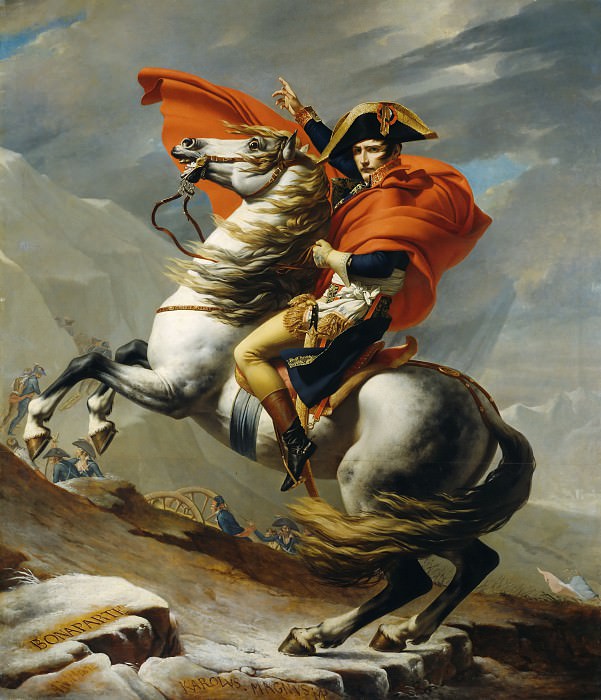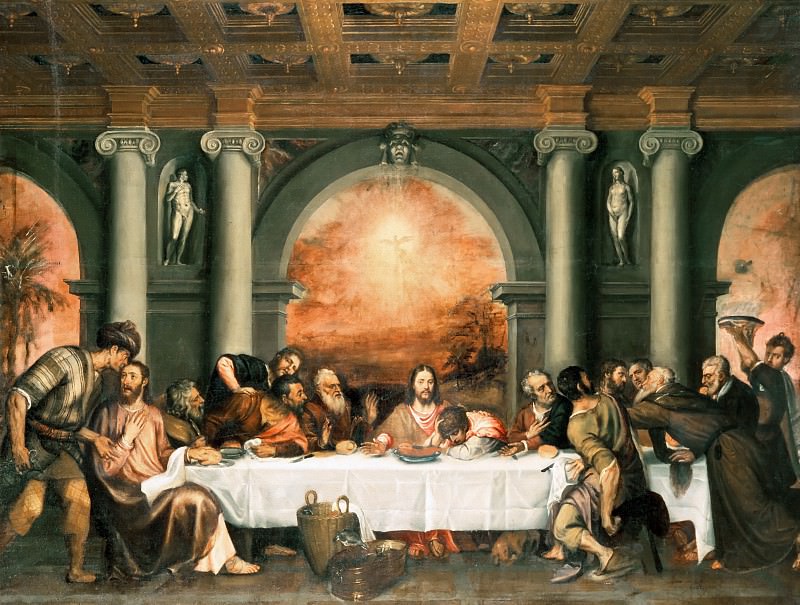Leonardo da Vinci: The Master of Art and Innovation
Leonardo da Vinci, an Italian polymath of the Renaissance period, is widely regarded as one of the greatest artists of all time. His contributions to art, science, and technology are unparalleled, making him a quintessential figure in the history of human creativity and intellectual achievement. Born on April 15, 1452, in Vinci, Italy, Leonardo's life and work have left an indelible mark on various fields, especially in the realm of art.
Early Life and Training
Leonardo was born out of wedlock to a notary, Piero da Vinci, and a peasant woman, Caterina. From a young age, Leonardo exhibited an insatiable curiosity and an extraordinary talent for drawing. His father recognized his potential and apprenticed him to the renowned artist Andrea del Verrocchio in Florence. Under Verrocchio's tutelage, Leonardo honed his skills in painting, sculpture, and technical arts, gaining a comprehensive education that included the study of anatomy, mechanics, and engineering.
Artistic Contributions
Leonardo's art is characterized by his keen observation of the natural world and his innovative techniques. His works are renowned for their detailed realism, masterful use of light and shadow, and expressive compositions. Some of his most famous pieces include the "Mona Lisa," "The Last Supper," and "Vitruvian Man."
The Mona Lisa
The "Mona Lisa" is perhaps the most famous painting in the world. Painted between 1503 and 1506, it depicts Lisa Gherardini, the wife of a Florentine merchant. The portrait is celebrated for its exquisite detail, the subject's enigmatic expression, and Leonardo's innovative use of sfumato, a technique that creates a soft transition between colors and tones. The "Mona Lisa" resides in the Louvre Museum in Paris, where it continues to captivate millions of visitors each year.
The Last Supper
"The Last Supper," created between 1495 and 1498, is a mural painting located in the Convent of Santa Maria delle Grazie in Milan. This masterpiece portrays the moment Jesus announces that one of his disciples will betray him. Leonardo's composition, the use of perspective, and the emotional expressions of the apostles make this work a pinnacle of Renaissance art. Despite its deteriorated condition due to various restoration attempts, "The Last Supper" remains a testament to Leonardo's genius.
Vitruvian Man
The "Vitruvian Man," drawn around 1490, is a pen and ink drawing that embodies Leonardo's fascination with proportion and human anatomy. The drawing depicts a male figure in two superimposed positions with his arms and legs apart, inscribed in both a circle and a square. This work is a study of the proportions of the human body as described by the ancient Roman architect Vitruvius. The "Vitruvian Man" exemplifies Leonardo's blend of art and science, highlighting his quest for understanding the principles of nature.
Scientific and Anatomical Studies
Leonardo's contributions to science and anatomy are as remarkable as his artistic achievements. He conducted extensive studies of the human body, dissecting cadavers to understand muscle structure, the circulatory system, and the mechanics of movement. His anatomical drawings, which include detailed studies of the human skull, muscles, and internal organs, were groundbreaking and provided valuable insights for both artists and scientists.
Leonardo's scientific interests extended beyond anatomy. He explored topics such as botany, geology, hydrodynamics, and aerodynamics. His notebooks are filled with sketches and observations that reveal his inventive mind. He designed numerous machines, including flying devices, military weapons, and hydraulic pumps. Although many of his inventions were never built, his visionary ideas have influenced modern engineering and technology.
Techniques and Innovations
Leonardo's artistic techniques and innovations have had a lasting impact on the art world. He was a master of chiaroscuro, the use of strong contrasts between light and dark to create a sense of volume and three-dimensionality. This technique is evident in works like the "Mona Lisa" and "The Last Supper," where light and shadow play a crucial role in the overall composition.
Another significant contribution is Leonardo's use of perspective. He meticulously studied linear perspective, which allows artists to create the illusion of depth on a flat surface. In "The Last Supper," the vanishing point is behind Jesus' head, drawing the viewer's eye to the central figure and enhancing the painting's dramatic impact.
Leonardo also experimented with different painting techniques and materials. He often worked on wooden panels, using layers of oil paint to achieve a luminous quality. His understanding of pigments and binders, combined with his meticulous approach, resulted in artworks that have stood the test of time.
Legacy and Influence
Leonardo da Vinci's legacy extends far beyond his lifetime. His works have inspired countless artists, scientists, and thinkers. The Renaissance, marked by a revival of interest in classical learning and values, was significantly shaped by Leonardo's contributions. His interdisciplinary approach, blending art with science, set a standard for future generations of creatives and intellectuals.
Leonardo's influence can be seen in the works of later artists like Michelangelo and Raphael, who admired his technical skill and innovative spirit. His notebooks, filled with sketches and writings, have been studied by scholars for centuries, offering insights into his creative process and intellectual pursuits.
In the modern era, Leonardo's impact is still evident. His art continues to be celebrated and studied, and his scientific discoveries are recognized as precursors to many technological advancements. Leonardo's ability to transcend the boundaries of disciplines, combining art, science, and engineering, makes him a timeless figure of inspiration.
Conclusion
Leonardo da Vinci's art embodies the essence of the Renaissance, a period of immense cultural and intellectual growth. His masterpieces, such as the "Mona Lisa" and "The Last Supper," showcase his unparalleled skill and innovative techniques. Beyond his artistic achievements, Leonardo's contributions to science, anatomy, and technology highlight his insatiable curiosity and inventive mind.
Leonardo's legacy is one of boundless creativity and relentless pursuit of knowledge. His works continue to captivate audiences and inspire future generations. As we reflect on his life and contributions, we are reminded of the enduring power of human ingenuity and the limitless possibilities of the human mind. Leonardo da Vinci, the master of art and innovation, remains an enduring symbol of the Renaissance and a testament to the extraordinary potential of human creativity.




